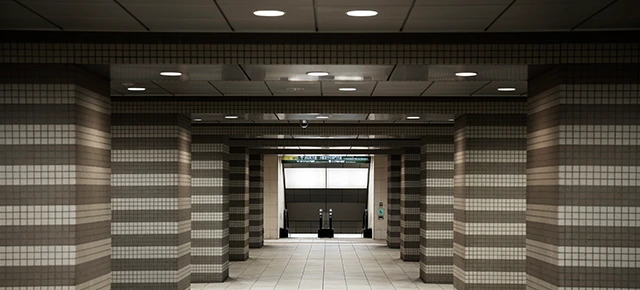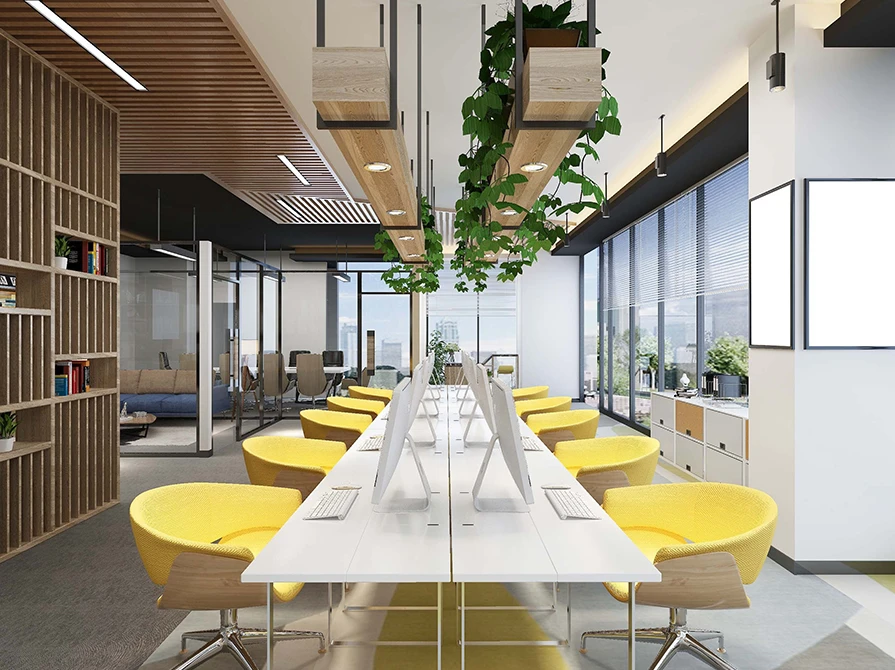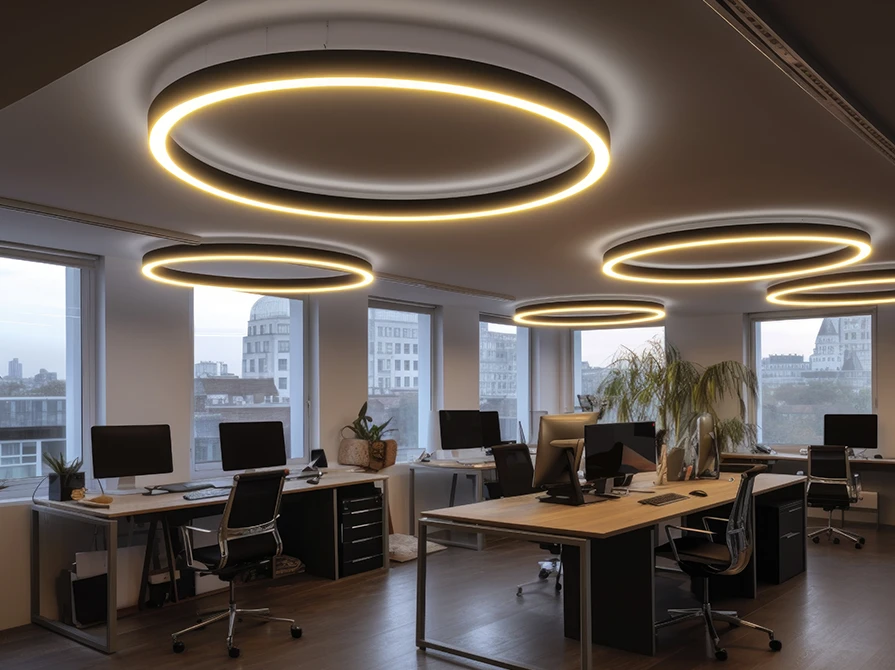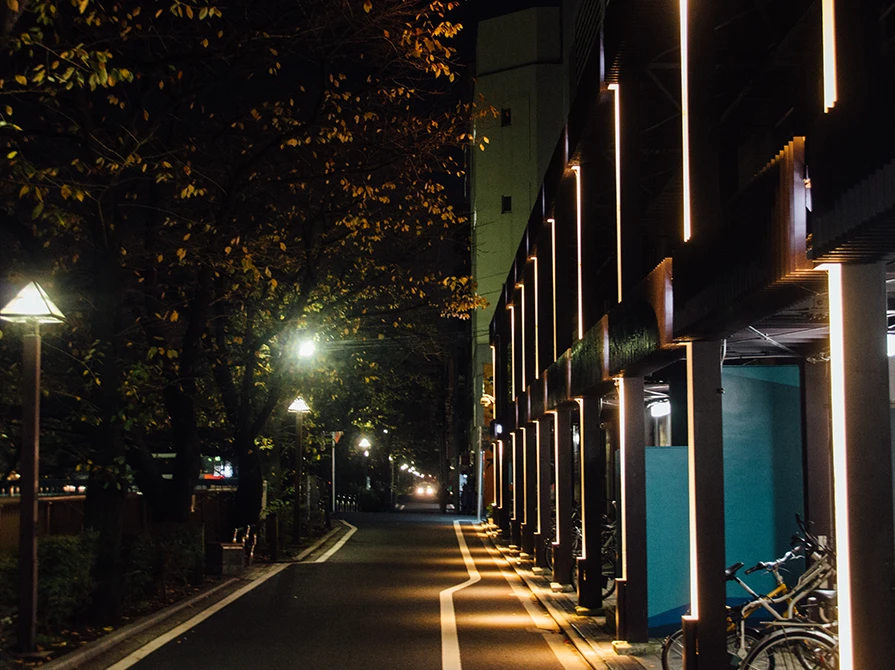


The work of a facility manager is no less than climbing an uphill and that too with a huge bag of responsibilities. They are the ones who make things happen smoothly in an organization. From security maintenance to upkeeping the office, facility managers must manage it all.
Lighting is also one of the crucial things that come under their supervision as it significantly affects the mood, productivity and the safety of the workplace. Therefore, facility managers must know some things about commercial lighting to ensure they use the best one for their workplace.
Knowing all about lighting is quite tough and even not necessary for facility managers. Instead, facility managers can learn a few basic rules about lighting systems that can help them utilize it in the best possible way.
Though the main objective of commercial lighting is to illuminate a given area in an efficient way, thinking that this is the only thing to consider when installing lighting technologies is wrong. Each lighting product has unique features, and if those features are not utilized properly, the lighting proves to be less efficient than its capacity. For instance, pendant lighting gives the best output if used at the right place. They are aesthetical lighting product and hence should be placed near the workplaces instead of warehouses to improve the productivity as well as the stylish look of the place.
This is just one way to understand the difference between the lighting solutions. Facility managers need to understand the product and their individual efficiencies to get the best of them.
Another important thing to know about commercial lighting is that it is extremely essential that their output must be enough to create a safe environment. Due to lumen depreciation, various lighting fixtures lose their ability to produce the best output.
Some other issues that accompany over time are flickering and buzzing lights in case of traditional lighting solutions. The flicker and buzz affect the concentration of the employees and also puts security at risk. One can avoid such lighting issues by switching to LED lights that are not just highly energy efficient but emit uniform light to ensure proper illumination in the area.
This is the age of LED lighting, but most of the people are still stuck to the concept of wattage when it comes to finding the right lighting product. Facility managers often get into this cliché without realizing that they should actually focus on lumens and not watts when they think about LEDs.
The difference between the two can be understood when we define them. While lumen is used to measure the amount of light produced by a light source, a watt is used to measure the amount of energy that is required to run the light source. So, whenever checking for the efficient lighting products, facility managers should focus on higher lumen per watt.
Times have changed drastically and today lighting has much more to offer. Facility managers should understand this fact and try to get the best possible outcome by utilizing the perks of the modern day commercial lighting solutions.







